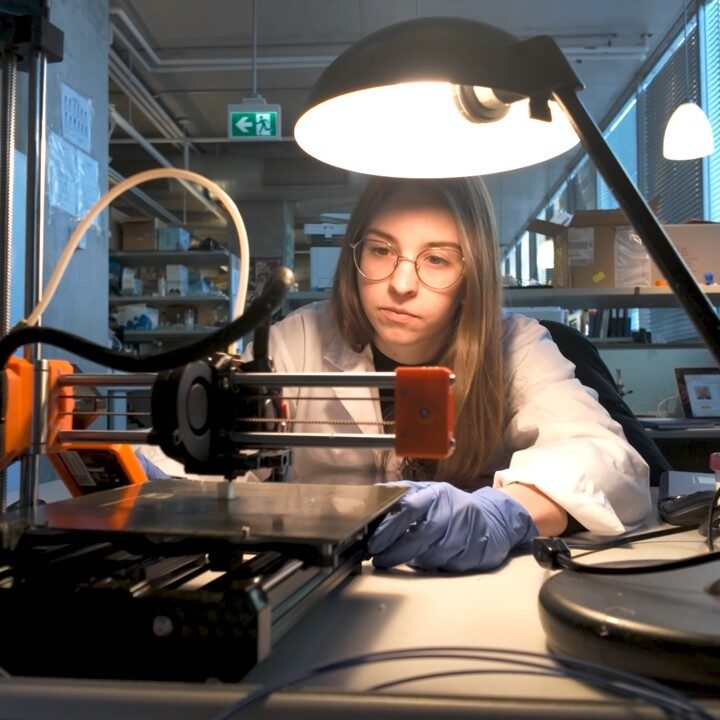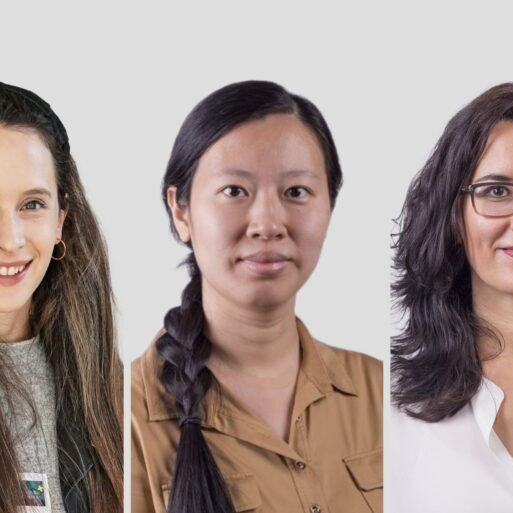
Milica Radisic
Professor & Canada Research Chair, Functional Cardiovascular Tissue Engineering
PhD, PEng
Research Stream: Cell & Tissue Engineering
Email & Telephone: directory.utoronto.ca | Office: Lassonde Mining Building (MB), 170 College Street, Room 317A
Main Appointments
- Institute of Biomedical Engineering
- Associate Chair, Research, Department of Chemical Engineering & Applied Chemistry
Additional Appointments
- Senior Scientist, Toronto General Hospital Research Institute (TGHRI), University Health Network
Administrative Assistant
Lisa Nash
lisa.nash@uhn.ca
Research Interests
The Radisic lab is a dynamic and friendly group of graduate students, post-docs and research associates who are working together to create transformative technologies at the interface of engineering, stem cell biology and chemistry.
The Radisic lab is advancing organ-on-a-chip technologies like Biowire, AngioChip, and inVADE to model human heart, kidney, and vascular diseases for drug discovery. Using microfabrication and 3D printing at CRAFT (https://craftmicrofluidics.ca/), the team is scaling up production and incorporating natural fractal cues to better mimic human physiology. With hospital collaborators, they use patient-derived stem cells to model diseases like cardiomyopathies and transplant rejection, and investigate COVID-19 effects on organs.
In parallel, the lab develops bioinspired, electroactive polymers—biodegradable materials with tailored mechanical and immunological properties—for applications in tissue engineering. Innovations include Injectable Tissue for minimally invasive delivery and Hook-in-Tissues for modular tissue assembly.
Additionally, the team is developing peptide-modified biomaterials that promote tissue regeneration and reduce inflammation. One such peptide, derived from angiopoietin-1, supports healing across multiple tissue types and is now in dermatological clinical trials for post-surgical and cosmetic skin repair.
News & Stories
Current students registered with BME
[display-frm-data id=50745]
Alumni graduate with BME degree
[display-frm-data id=50746]








